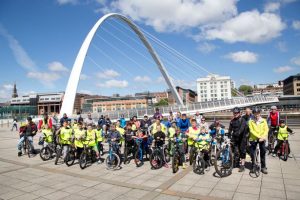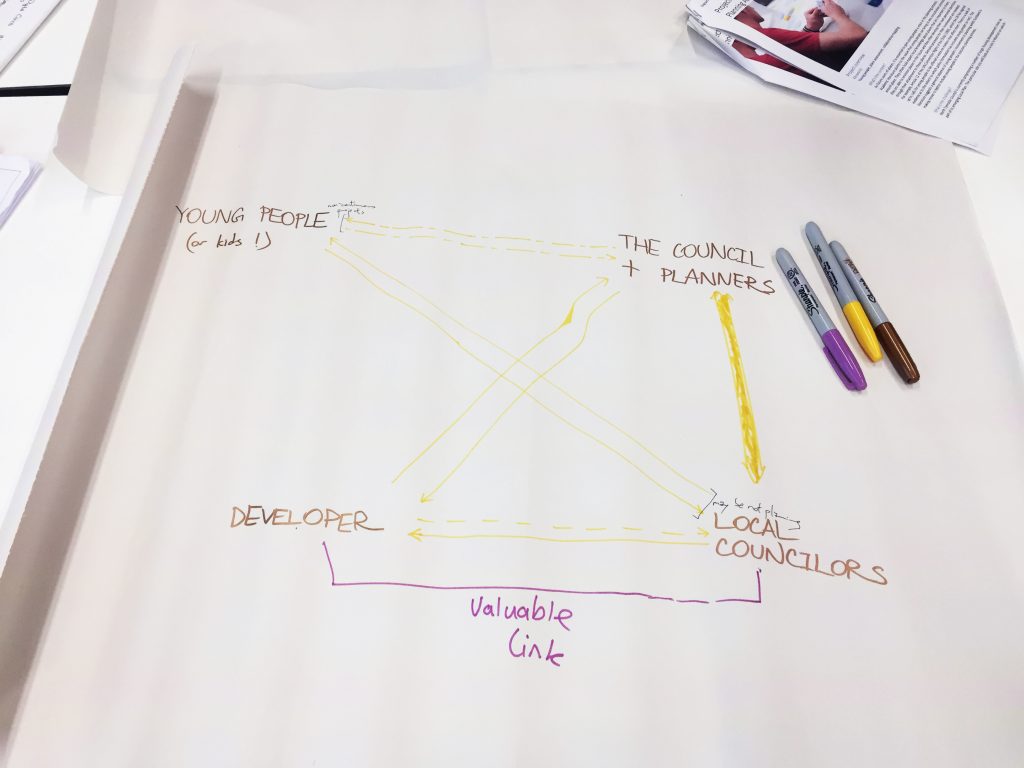Blog 2 – Interview Schedule
JEPP Interview with Steve Emsley and Tony Waterson
We’re meeting Steve Emsley and Tony Waterson today in Cafe 1901, West Jesmond. Attendance from the team: Entire group
- We know a little bit about yourself would you be able to expand more on what you do and the previous roles you have played?
a. How do you relate to renewable energy projects?
b. We did a little bit of research and know you were in Transition Initiative Newcastle before? Can you tell us the experience during that time?
- Why would you invest in renewable energy?
- Have you ever engaged people with renewable energy before?
a,How you engaged people in Jesmond?
b. How would you engage people?
c. What worked well and what didn’t work so well?
- What is complicated to understand about renewable energy in your opinion and how could understanding of renewable energy be made easier?
a. Have you used any techniques in the past to do this?
b. What might raise awareness to renewable energy in Jesmond?
- What do you do with your energy data?
a.Have you shared your data before?
b. With your experience do you think it would be helpful?
c. What do you think of sharing your data?
d. Would you share your data digitally for other users to see what savings they could be making?
- Has anything changed since you installed solar panels yourselves?
a. Are there any negatives?
- What do you think about the people in Jesmond not using solar panels and do you know the reason behind them?
a, What will you do in order to change their mind?
b. Do you know how much energy in jesmond is produced from renewables; and how could this be found out?
- When do you reckon ‘peak oil’ reaches and what kind of changes will happen? (peak oil – time when oil production peaks and then falls, never rises back up again
- Do you think sending out messages of ‘peak oil’ incidence will change people’s mind on renewable energy?
- Have you ever used an energy dashboard before? What was it like?
a. What was your experience using one? Did you find it helpful?
b. If not, what can be improved on the energy dashboard you’ve used?
c. If one was available to you, would you use it to benefit for you?
11. Is there anything else you’d like to tell us if you haven’t before?
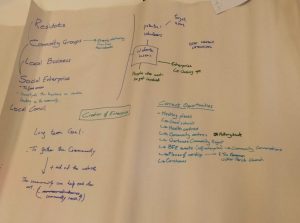
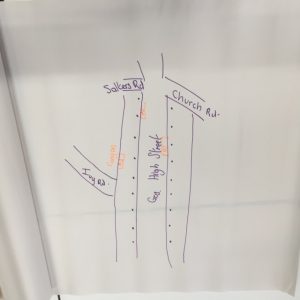 A Newcastle university urban planning focused bottom up campaign initiative to increase user and community awareness of air quality control centered on Gosforth high street. Working with the users on easy and effective forms of interpreting the data supplied by the air quality monitors situated along the high street, making the data accessible to everybody with the goal of increasing community awareness and support for self-managed air quality control through community projects.
A Newcastle university urban planning focused bottom up campaign initiative to increase user and community awareness of air quality control centered on Gosforth high street. Working with the users on easy and effective forms of interpreting the data supplied by the air quality monitors situated along the high street, making the data accessible to everybody with the goal of increasing community awareness and support for self-managed air quality control through community projects.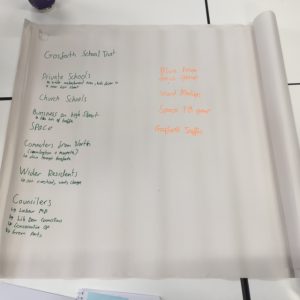 Besides, there are a lot of data available on a few websites but they are unusable. We think because it’s difficult to understand the data if you are not an expert. For example, for the level of the pollution in air there are only numbers with abbreviations of products. Therefore, to have a better use of data, they need to be more imagery with colours and map for the localisation.
Besides, there are a lot of data available on a few websites but they are unusable. We think because it’s difficult to understand the data if you are not an expert. For example, for the level of the pollution in air there are only numbers with abbreviations of products. Therefore, to have a better use of data, they need to be more imagery with colours and map for the localisation.